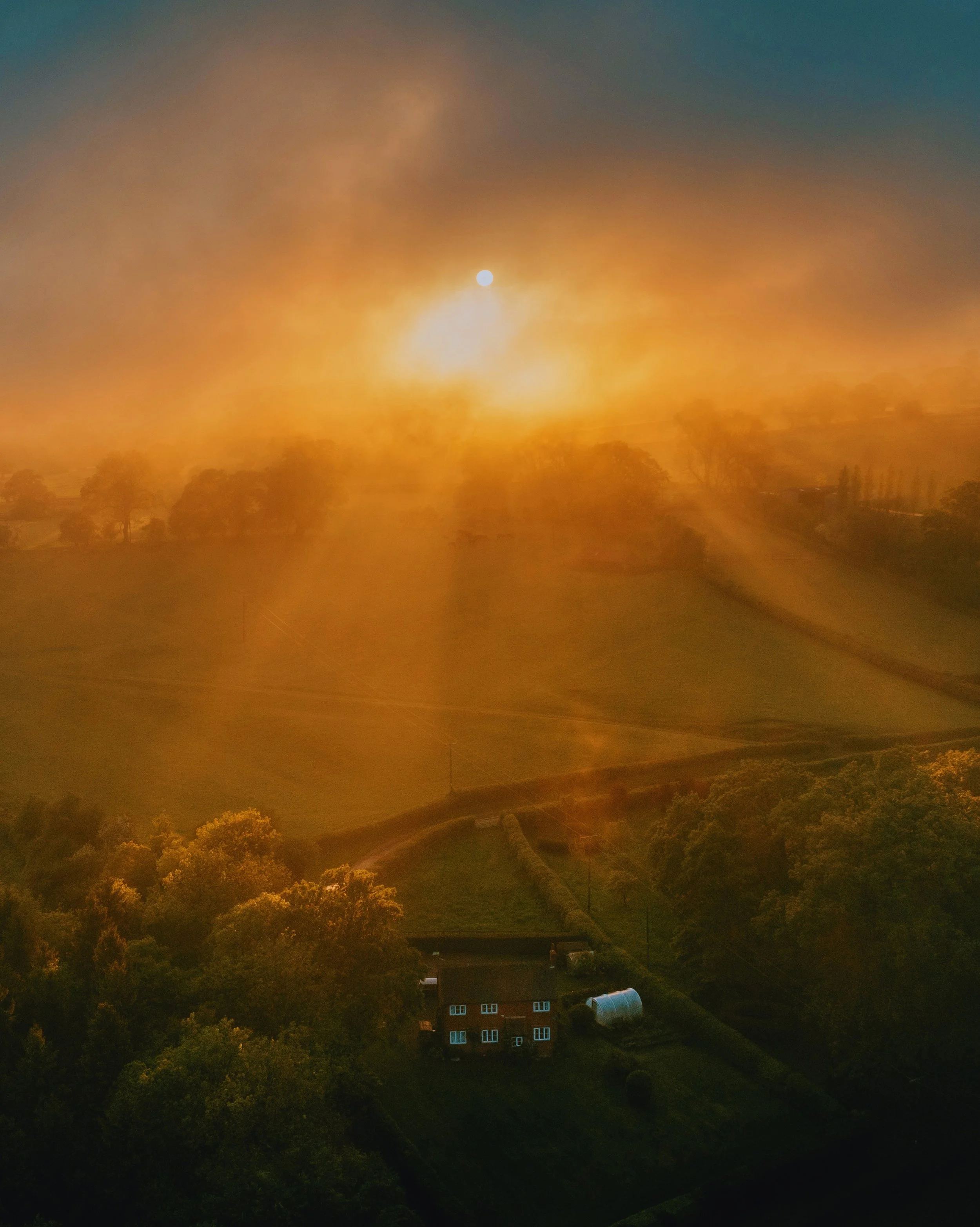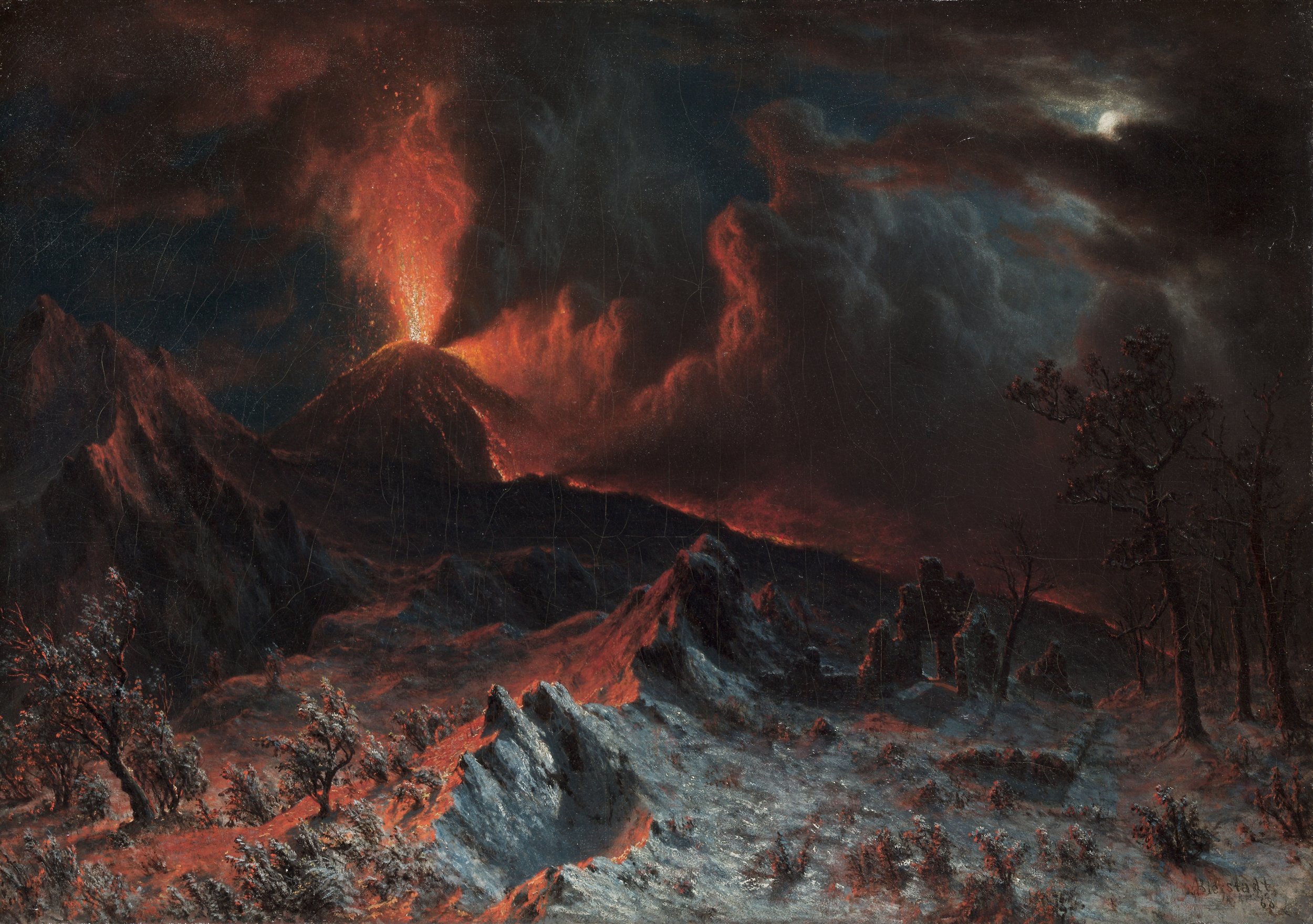Whether Poetry or Picture Books

Whether Poetry or Picture Books
By Aarik Danielsen
The poetry from Christian Wiman’s latest, Survival is a Style, crossed more than one measure of distance, reaching my mailbox at the beginning of the Great Isolation of 2020.
The book’s arrival felt like a cool cup of water passed to a weary laborer. Before ever cracking the spine, something in me felt sated and stilled. Its cover alternates and rearranges dots of green, brown and tan like chords in a jazz progression; a lone red circle represents tonic. And my God, that title. Survival is a Style—staggering in any age, electric in this one.
In early stanzas, Wiman reconsiders the anchoring themes of his work with the benefit of miles traveled through many different epochs of life; yet he lights these moral and spiritual concerns as if meeting them for the first time. He walks a tightrope between doubt and devotion, wrestles the difference between self-awareness and self-satisfaction, offers unsparing appraisals of himself and the world yet punctuates every poem with mercy.
About a third of the way through, my eyes ran across “Good Lord the Light.” In a mere eighteen lines, Wiman offers salutations to misery and belief, finding kinship with light moving across a frozen lake, thick layers of ice betraying the life that teems below. By the last stanza, Wiman reaches a rocking-chair rhythm, his words cradling me into familiar feeling:
Good night knowledge, / goodbye beyond, / good God the winter / one must wander / one’s own soul / to be.
Feeling disoriented yet somehow safe, I sifted sensory memories, asking where I’d read words like these before. My lips involuntarily mouthed along: Goodnight room / Goodnight moon / Goodnight cow jumping over the moon / Goodnight light / And the red balloon ...
“Good Lord the Light” is an exponentially better read than Margaret Brown’s childhood staple, complex and metaphysical in ways the latter title was never meant to approach. Yet something about their common syntax, the beats and rests they find, creates a divine blanket, comfortable yet enveloping to an almost overwhelming degree.
Parenting arrives with various crucibles. A lesser one—though certainly not least—is the quality of art made for our children. The skin instinctively itches when exposed to the broad strokes, saturated colors and tiresome characters our children consume. But when your eyes are rolling around in your head, they can’t make out certain resemblances.
Like a man baptized half a dozen times to rid his soul of one more dark blot, adults live awash in characters they already know, convictions they already hold, in art unable or unwilling to awaken anything inside. We are not above the tones and themes of great children’s literature; we turn pages for the same reasons.
I cringe whenever someone invokes Goodnight Moon—given its standing, the text contains a surprising amount of nonsense and nihilism (“Goodnight nobody”? “Goodnight mush”?). And yet there’s value in it, as Brown teaches us to say hello and goodbye, to name the people, places and things which surround us, to take stock at the end of each day. She reminds us that the world spins without our help, investing us with a proper sense of our scale—significant and small. Wiman chases these truths in his own way, as do the best of our poets and scribes.
Never talking down to readers, or speaking over their heads, Wiman unveils the primal pounding beneath the philosophical; he taps out a Morse-code message, simple graces and eternal anxieties ringing through his nimble words and sweeping phrases.
The buzz which sounds through and surrounds a poem like “All My Friends Are Finding New Beliefs” cannot obscure the universality of its theme. Like a tree that won’t be moved by middle age, Wiman glances around to see his cohorts changing their minds and plugging their souls into new outlets: “This one converts to Catholicism and this one to trees.”
One friend embraces “exercise regimens so extreme she merges with machine.” Wiman’s “beautiful credible, friends” turn to “priesthoods and beasthoods, sombers and glees, / high-styled renunciations avocations of dirt.” Even as he finds it “harder and harder to keep track / of the new gods and the new loves, / and the old gods and the old loves,” Wiman never indulges flights of superiority or succumbs to an easy, compressed moralism.
The typical writer, for children or adults, would affirm all our friends’ beliefs as equally valid. Steadfast in its rebellion, Wiman’s work articulates an idea we all must wrestle with—at almost every age. Plates shift and people change, yet there is nothing wrong with setting yourself apart for particular holiness.
In the middle of “A McDonald’s in Middle America,” which traffics in “Winnebagos and parked Harleys,” sensory memories of roadkill, and the grace of a man ordering before a fast-food counter, Wiman lands a lyrical punch: Absolutely unmixed attention / is prayer. Hell / is the inability to love. / Forever is composed of nows.
Whether in a poem or picture book, every reader encounters—and is asked to account for— these concepts: worship, heaven and hell, love or the lack thereof, how time expands and contracts like breath. Faithful writers acknowledge these forces are too great for even the greatest of us to fathom. Yet they strike a match and help us feel our way along the walls till we see light streaming beneath the door.
Wiman’s “A Heresy” offers a truth we can never exhaust: we are not all good or bad, only people reaching for more. At several moments in the epic “The Parable of Perfect Silence,” he grants permission to believe in something, even as we inhabit a world that beats down belief or—as he’s already noted—makes faith fungible.
“A Light Store in the Bowery” explicitly brings childlike wonder into conversation with the angels of an adult’s better judgement, testifying to the illuminating power of love. Exquisite and dizzying, “Flight” underlines the beauty in fragility and connection: Touch me. As I am. As you can. / My heart a bird’s heart just beyond your hand.
“Joy” announces itself in just a few lines, reminding us to look for it everywhere. We find satisfaction gazing heavenward or looking down as light makes its presence felt in the mundane; the growing and grown can’t hear this simple homily enough.
Reading my son to sleep, then reading while he slumbers, I recognize the similarity of our need. I absorb a Hanif Abdurraqib poem about jumping from a “tower of speakers” and the tragic bass in his words rattles my breastbone. My eyes follow a single Brian Doyle sentence, 202 words by my count, a Pauline exultation about how the heart is at the heart of music by Sinatra and Elton John, Beyonce and Springsteen, how it is “our most necessary musical organ.” What I receive in these words resembles what my son finds in Judy Cox’s lovely “My Family Plays Music.” Written for wildly different audiences, each author rises from their knees to confess that, no, music will not save your mortal soul—but it will prime and prepare it for the saving.
Our family opens a favorite, Matt De La Pena’s “Last Stop on Market Street,” and turns to the scene in which CJ’s grandmother leads him by the hand, through “broken-down doors, graffiti-tagged windows and boarded-up stores,” to serve Sunday lunch at a soup kitchen. On the way, she tamps creation, fall, redemption and recreation into one sentence: “Sometimes when you’re surrounded by dirt, CJ, you’re a better witness for what’s beautiful.”
To love my neighbor as myself, my neighborhood as my own four walls, I need to draw water from that well nearly every minute of the day. And so I breathe easy when I find a sentence written for grownups, a sentence with similar resonance, in D.L. Mayfield’s new book The Myth of the American Dream.
Her work, she writes, is “about paying attention. It’s about being fully alive, not just to the glories of electric green moss stubbornly growing between the cracks of pavement but to the systems and structures and policies that dull our imaginations for a world that truly has hope and good news and beauty for everyone.” In defining her mission, Mayfield unspools a length of thread, tying one end to bedtime stories and the other to the stories incarnated all around us.
When I skim, as I do every week, through Mary Oliver’s Devotions to find poems about birds and brambles and the atoms Christ actively holds together, I picture the glorious illustrations of Kadir Nelson that enflesh my son’s copy of the hymn “He’s Got the Whole World In His Hands.”
My son and I need to understand the good that buoys us and the evil that besets us—and to feel both beating within the chambers of our own hearts; we long together for holy imaginations that witness God hovering over the puddles and the gutters, at work through the lives of the unlovely and seemingly unlovable. We want to unstick our feet from the mud of living and beat a well-worn path to wonder.
Virtuous, sound writing throws an arm around each of our shoulders, pointing its finger toward these horizons and more. If we relegate compassion and curiosity to the realm of childhood, our adult souls will stagnate and perhaps even settle violently; if we believe talk of wealth and want, great art and prayer languages, are only for adults, then we leave our children little in the way of vision.
Therapists and trusted counselors talk of building new pathways, of unburdening ourselves from poisonous ways of thinking and coping. This concept rings with a certain sacredness, and has proved beneficial in my own movement toward wholeness. Yet sometimes I wonder about the winding pathways we created long ago, the grooves impressed upon our heads and hearts from great stories encountered in early life.
I’m convinced those pathways remain, eager to be rediscovered. The pathways are still adequate, the words worthy, the wonder real. But the arc of growing up lobs shovelfuls of dirt upon the route. Trauma partially covers the pathway; each time an adult uses othering language, they heap more dirt; whenever we betray ourselves or harm one another, we press and smooth the soil.
The good news is this: What we bury can be uncovered. God is in the business of bringing newness. He offers us means—to dig up goodness, to find our way again, to salvage wonder. When we reach for books, he hands us shovels.
Wiman and every writer worth their salt knows the truth. Words reconnect us with what it means to be human, with what it feels like to house a flicker of the divine. We change, as do our circumstances. But something at the core remains, and the gentle sermons we take in—whether in the big print of a children’s book or in innovative line breaks—dig around divine possibility.
So let us do away, for the purpose of what our hearts crave, with the labels of children’s and adult literature. There are only books that make us come alive, and those that land with a thud, to be forgotten. In the past, in the present, in perpetuity, when we come to the page, we come back to ourselves.
Aarik Danielsen
Writer & Journalist
Photography by Jessica Pineda




